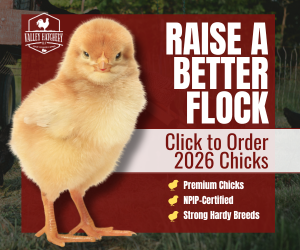Even though the pictures are excellent, I'm not 100% sure I'm correct here. What I think I'm seeing on the side view is a top beak with only a normal amount of extra growth beyond the quick, so there might not be much to trim before it starts bleeding (and beak bleeding can be really hard to stop). Again on the side view,, and somewhat referenced from the bottom view, when I enlarge the picture it looks like the tip of the bottom beak ends only a short distance in front of the nostrils. So I think, and again I'm not sure, because even excellent pictures are not the same as seeing something in person, but I think the underlying problem is the chick has an underbite -- the bottom beak is too short, and the top beak is normal length. Because the two halves of the beak influence each other's development and actively control each other's shape by continuously applying the proper counterforces, when one half is the wrong shape or size, the other half will change also. So the primary problem appears to be the underbite, but the main thing that you first notice is the top beak is curved down at the tip, which it does to fit around the short bottom beak. Because it's curving, the wear pattern is a bit different, so it may need to be filed in the future, but it doesn't look like there's anything to take off now. Another secondary problem that may be occurring, or it may just be the camera angle or a visual artifact, is that the top beak has a very subtle clockwise rotational twist. If you enlarge the second picture, notice how the fit between the top and bottom halves on the right side of the screen is snug, but on the left side of the screen there is a gap. The gap appears to be due to a subtle flaring outward on that side of the top half. Then look at the tip of the top half and compare its left-to-right positioning to the midline of the bottom half of the beak. There's a definite shift of the top beak towards the left of the screen. That in itself could be just positioning, but combined with the gap between the top and bottom on the left side makes me think the rotation is real.
I'm not sure there is anything that can easily be done to correct this. If it doesn't get significantly worse with growth, then the bird will do fine. It's only a concern if it gets so misshapen that it becomes painful or difficult to eat. Hopefully that won't happen. There are a number of surgeries that can be tried by a board certified avian veterinarian if this bird becomes a beloved pet, but unfortunately the success rate is not high. Hopefully the changes will not become too severe as he/she grows.
Anyone else have any ideas? I'd love to be wrong on this one.








